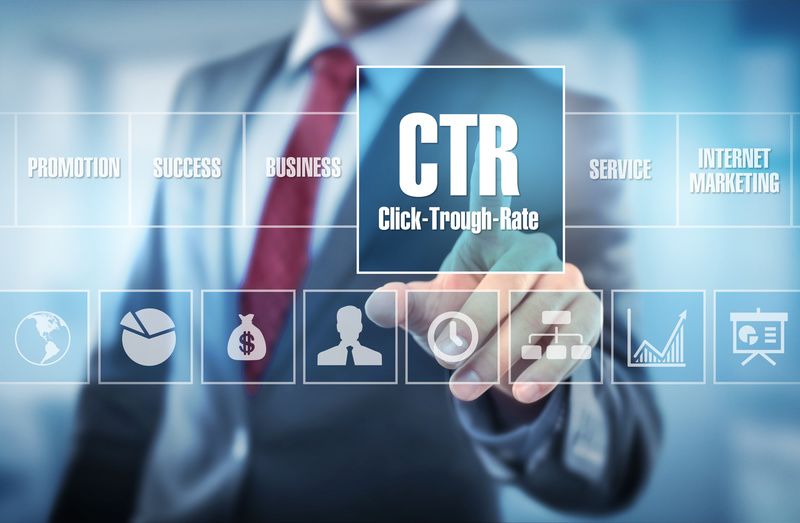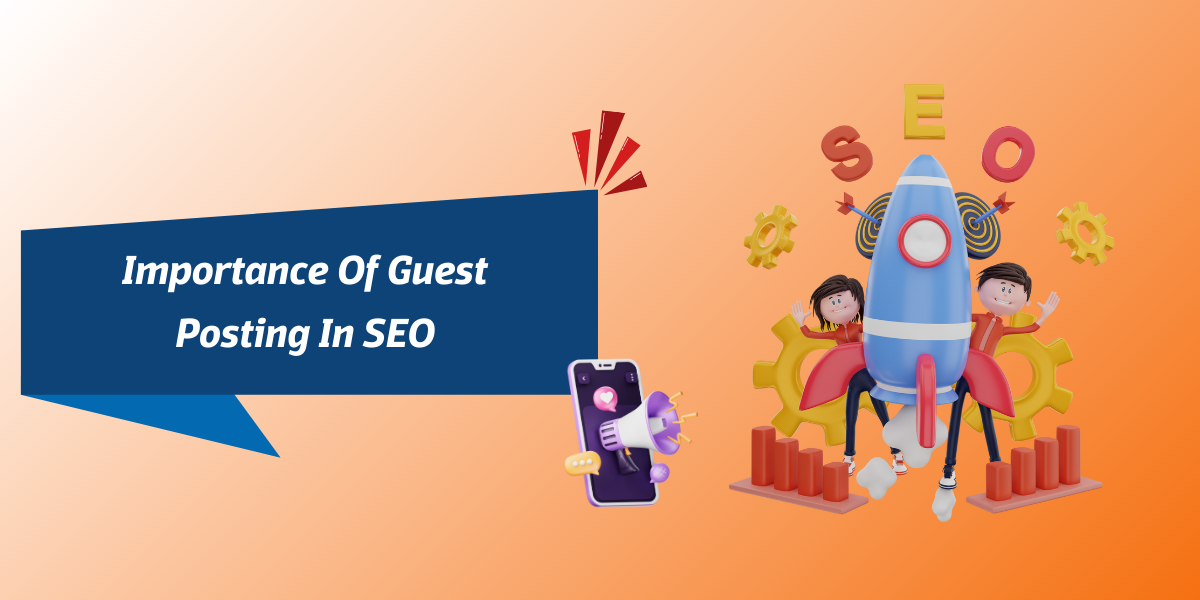Meta descriptions and title tags would surely not get you miraculously to the top of the search engine results. However, dusting away some myths opens doors for improved CTR rates for your websites. Title tags and Meta descriptions could be two relevant elements that entice viewers to click on your link rather than the competitors’ links.
Well, it would be greatly helpful to get deep into the discussion. While some of you would want to know how this can be defined appropriately, others may be wondering why various site owners often push Meta descriptions and title tags are often neglected and pushed to the back burner. We would understand every aspect of it digging in from the crust to core.
What is Click-through Rate (CTR)?

Click-through-rate is a performance metrics that are expressed in percentage considering the number of times a link is clicked against the number of times it has been viewed. It is helpful to measure or recognize the effectiveness of email marketing campaigns, displays, and paid searches.
It also indicates the performance of subject lines, ad copy, and Metadata (titles and description). Thus, the effectiveness of Metadata is linked with the desired CTR.
What are title tags and Meta descriptions?
Meta descriptions and title tags are basically bits of HTML codlings set in the headers of web pages. These are the keys that help search engines to recognize the type or related topic that content boasts. It is obvious that it would help the search engine decide when the content should be listed in the search results. Whenever content is mentioned in the search results, the title tag and Meta description of the same is shown too.
Moreover, effectively defined Meta descriptions can prove to be extremely helpful in getting increased Click through Rates (CTR). It is therefore advisable to include the most probable phrases and relevant keywords that can explain better about the page. An effective description and title could surely compel the reader to click when nothing else does.
Title Tags
Title tags are used to inform visitors and search engines what the content is all about in a manner that is the most concise and accurate. Along with the tab in your a web browser, the title will appear in various other places on the web. Also, the title would be pulled in as the anchor text when shared on other websites or any social media channels.
SEO Title and Description Optimization
Writing great meta titles and descriptions is key to making your website more visible and receive more click through rates (CTR). Meta titles and descriptions help search engines and the users to see at a glance what’s inside and help you at least get a click.
Here, we are going to go through some of the main tips for writing tantalizing meta titles and descriptions that allow you to balance your keyword optimization, simplicity and engagement. These tips will help SEO title and description optimization.
Important Points to Note While Writing Meta Titles
A meta title, or title tag, is an HTML element that defines the title of a webpage. It shows up search engine results and browser tabs, summarizing the page content and affecting SEO rankings and click through rates.
Write Within Character Limit
The important factor to be evaluated before writing SEO meta tags, and titles is the characters limit. Google allows about 50 – 60 characters on the title and therefore it is advisable to stick to this figure. Titles that are longer tend to get truncated causing lowered click through rates.
Make Sure to Use Brand Name
If you’re a well known business or trying to boost your brand recognition, then including your brand name in your meta title will help to further boost brand awareness. However, integrating the brand toward the end of the title is better so that the keyword is emphasized.
The title must be concise, keyword friendly, and includes the brand name at the end, while keeping to the character limit.
Summarize Content in Title
The meta title should contain a short description of page content. When someone clicks on your link, they should know exactly what to expect. Use your primary keyword naturally wherever possible, to make sure search engines and users know what it’s about.
Include a Call-to-Action (CTA)
The meta titles tend to be considered just informational, but you can include a CTA to prompt your users to click. It can be along the lines of ‘Learn more’, ‘Learn how’, ‘Discover’.
Opt for Unique Selling Proposition (USP)
The SEO meta tags, and title is a perfect place to include your Unique Selling Proposition (USP) so your content can stand out from your competitors. Bring attention to those elements that distinguish your content from what everyone else is offering. The title should highlight what’s unique about your page, whether that’s a free tool or an exclusive insight.
Additional Points
- Keyword Placement: To keep the attention and improve SEO, the primary keyword must be near the beginning of the title.
- Avoid Keyword Stuffing: Cramming keywords into your meta title unnaturally or including keywords without considering your domain can cause your click-through rate to go down. Prioritize readability.
- Test Your Titles: To see how meta title works in search results try A/B testing or Google Search Console.
Important Points to Note While Writing Meta Descriptions
If your meta description is good enough, it can also significantly increase the click through rates (CTR) and show users what your page is about. Here’s how to write an effective meta description:
Write Within Character Limit
As per experts of SEO title and description, the best length for the Meta descriptions is 150 – 160 characters. This allows these entire descriptions to show in search engine results and enables users to have a complete view of your page's offering.
Summarize Content
It’s a short explanation of your content. Work on the core message and focus on using relevant keywords that best suit the message and get the page’s relevance understood by search engines.
Use CTA, and USP
You can also include an actionable CTA such as 'Learn More', 'Discover' or 'Get Started' to get your users to your content. Allowing users to take an action will help to improve engagement.
Talk about your USP to tell people why they should use your page over others. Whether it’s about caring exclusive insights or giving premium offers, distinguish your description.
“Learn how to create amazing meta descriptions that will improve CTR and SEO performance. Today, learn key strategies to make your web content shine!
End Note
Be clear, relevant, compelling in SEO title and description. To build trust with the users, do all the things described above: use active language, don’t keyword stuff, and keep the title and description relating to the page's content.











